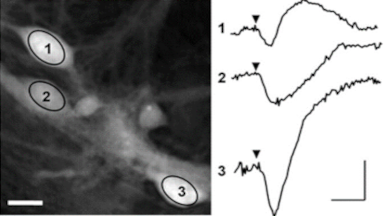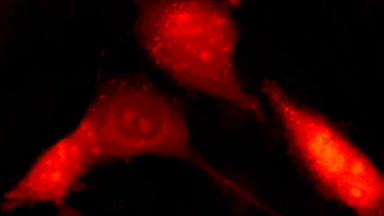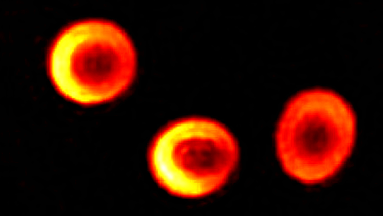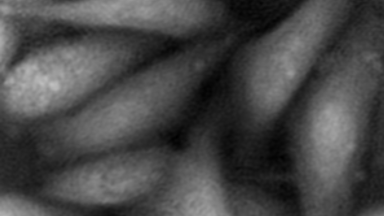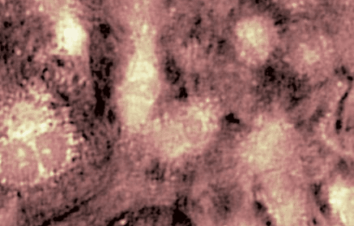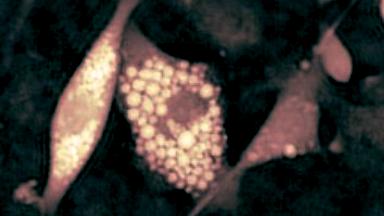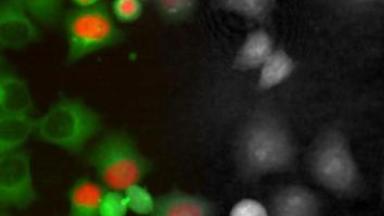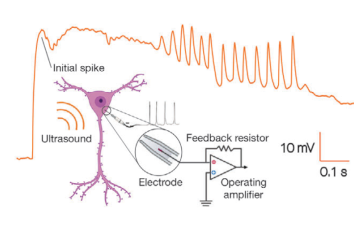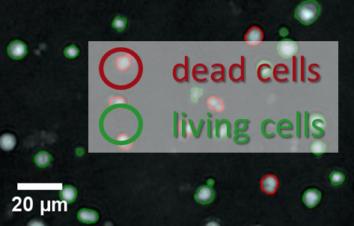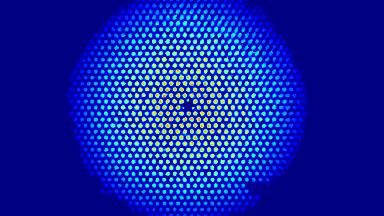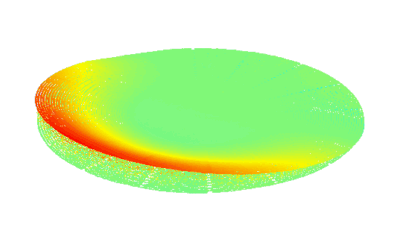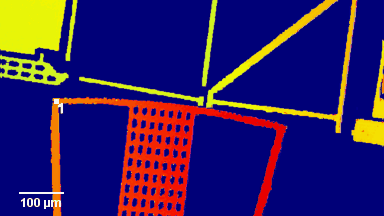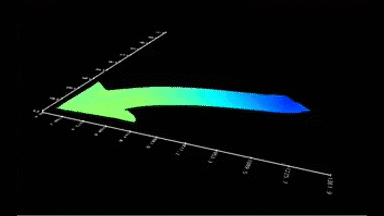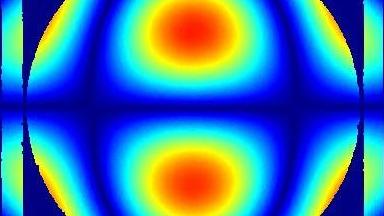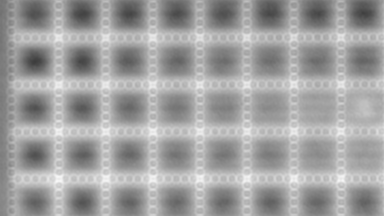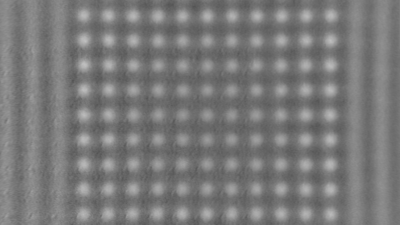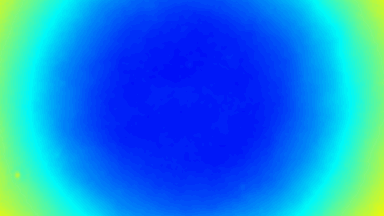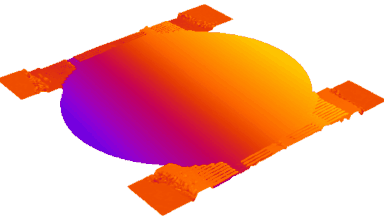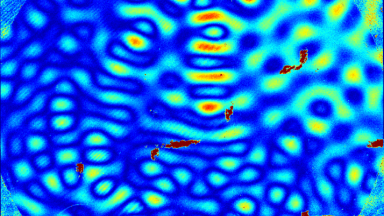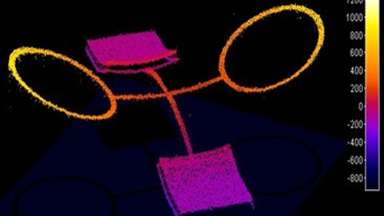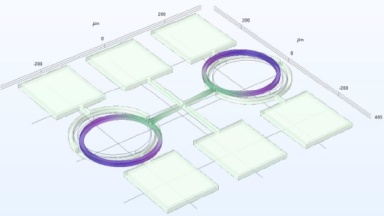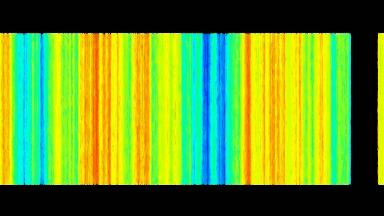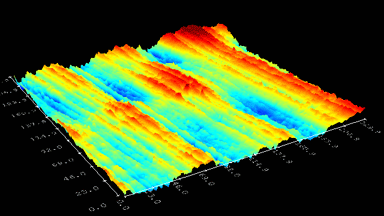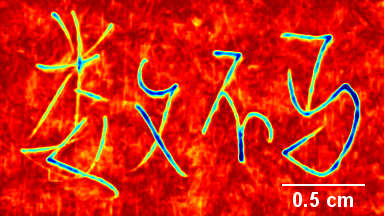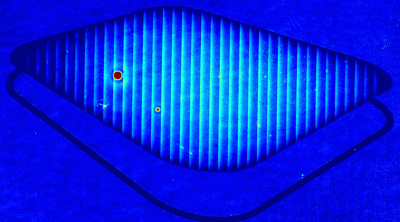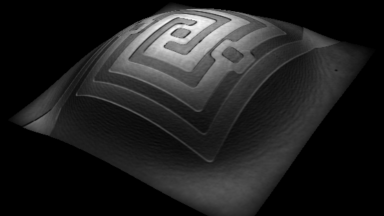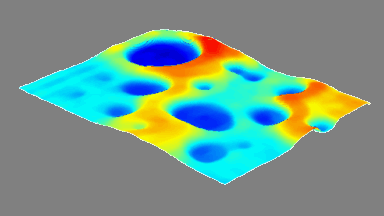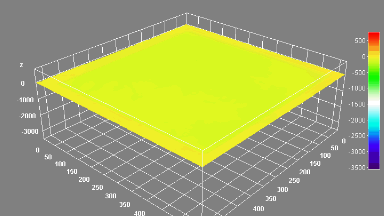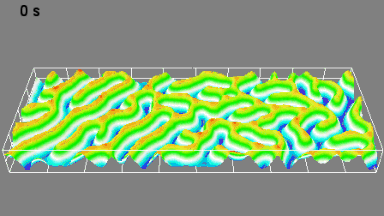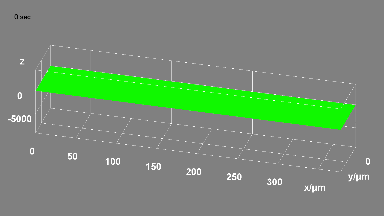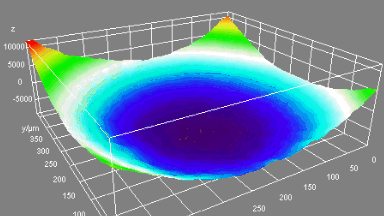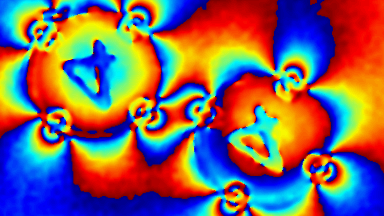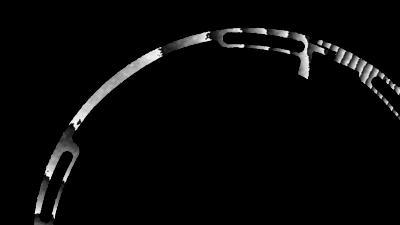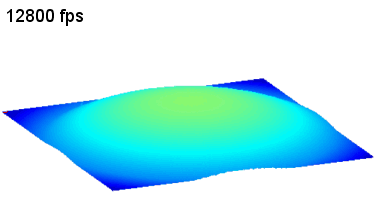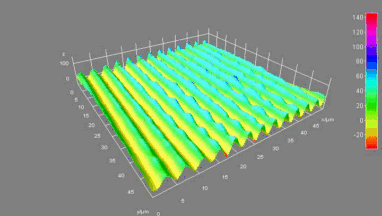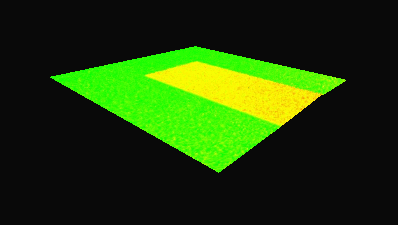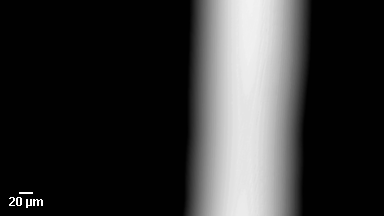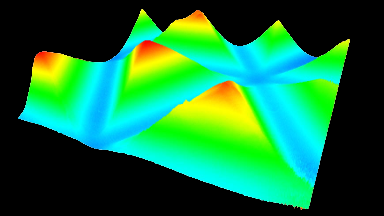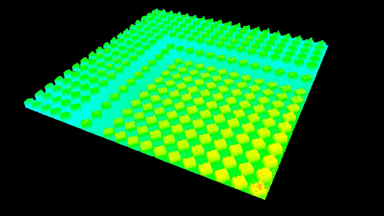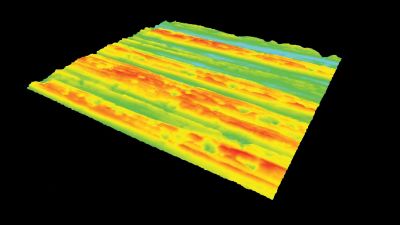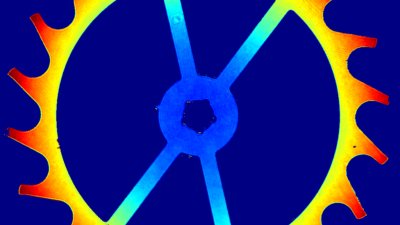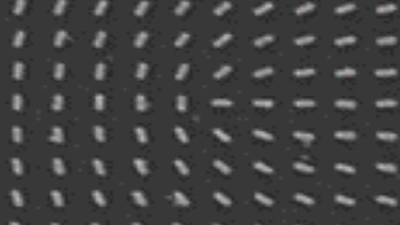High-speed imaging
DHM® up to 100’000 fps confirms the mechanism of sonogenetics
In a seminal publication, the group of James Friend at UCSD discovers the mechanism of ultrasound causing ion channel activation underpinning sonogenetics.
James’ group measures with a Lyncée Tec high-speed DHM® membrane displacements of 150 nm and has developed a biomechanical model to relate these movements with changes in membrane voltage. It is validated with patch-clamp recordings on neurons.
This groundbreaking work provides a mechanism for both ultrasound-evoked neurostimulation and sonogenetic control.
Publication:
“Ultrasound Mediated Cellular Deflection Results in Cellular Depolarization“, Adv Sci, 2022 Jan;9(2):e2101950.
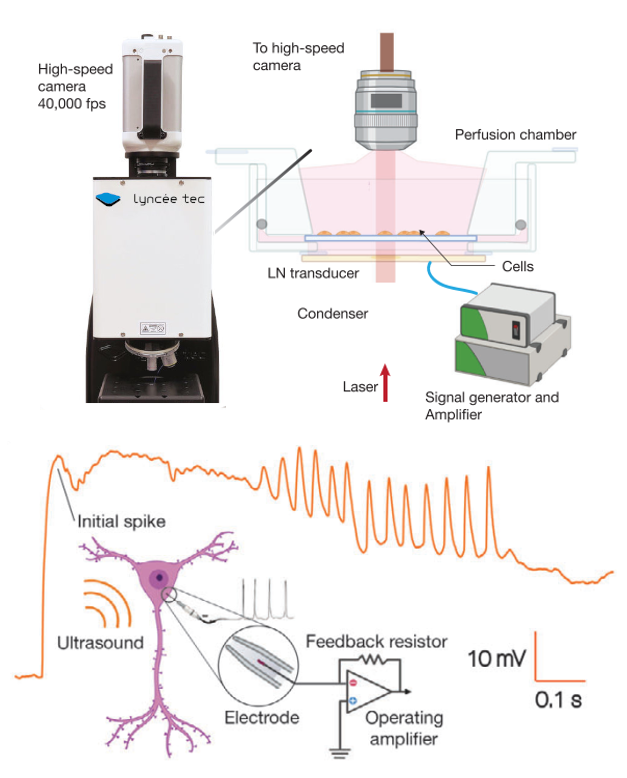
“We spoke with Frank, Yves, and the team at Lyncée Tec about the possibility of measuring the motion of fluid interfaces and cell membranes at frame rates many times higher than previous methods. Frank and Yves spent several hours with us on Zoom—and their group must have spent many more hours—to define the optics, camera, laser, and software all to tailor the digital holographic microscope to our unusual needs. Like any new instrument, we were anticipating many problems, yet when the system was delivered it was apparent from the moment the key was turned on that it just worked and that it would help us produce experimental data no one had seen before. After a period of adjustment to realize all that the DHM could tell us, we have been using it for a slew of applications far beyond our expectations”.
Professor James Friend
University of California San Diego, USA


